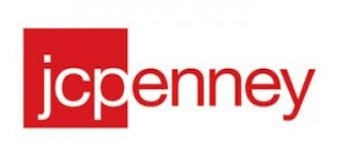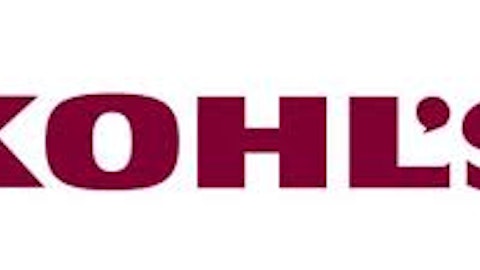The traditional department store pricing strategy might have its advantages after all. Reuters reported that J.C. Penney Comapany, Inc. (NYSE:JCP) will bring back its sales events, as CEO Ron Johnson explained that ending the frequent sales had cost the store customers. J.C. Penney made a good decision here, but other department stores can also attract shoppers with sales events. Three factors could help an investor decide which department store stock offers the best deal.
Book value

Growth expectations
Department stores that look cheap by other measures don’t always look cheap under growth metrics such as the PEG ratio. Dillard’s looks the most expensive here, with a trailing P/E of 13.3 and a PEG ratio of 2.42. Back in February 2012 I made an outperform CAPS call on Dillard’s at $59.51, which I closed in November 2012 at $83.10 because the stock had become much pricier. As the Fool’s Brian D. Pacampara explains, other Fools think the same thing about Dillard’s right now.
Macy’s looks less expensive than Dillard’s right now with a trailing P/E of 12.4 and a PEG ratio of 0.88. Macy’s also reported 4.1% same store sales growth in December, although the chain also shut down some physical stores, a potentially bearish sign. The chain’s omnichannel strategy does make it less dependent on physical stores, though.
Kohl’s 10.4 trailing P/E is lower than Macy’s figure, but Kohl’s also has a PEG ratio of 1.45. Kohl’s reported 3.4% same store sales growth of its own in December, but the chain had to offer deep discounts to achieve this revenue growth, also a bearish sign.
J.C. Penney continues to run in the red, and its negative 0.46 PEG ratio looks ominous. These department stores are mature businesses, so a high PEG doesn’t necessarily mean a chain’s a bad investment. J.C. Penney still looks very risky here and Macy’s still looks like a bargain, though.
Dividends
Even with sluggish growth, a department store can still serve as a good dividend pick, as long as enough shoppers show up for the store to maintain its payouts. Kohl’s looks the best here with a 2.8% forward yield and a 28% payout ratio. Macy’s has a lower forward yield at 2.1%, along with a slightly lower 22% payout ratio.
Dillard’s made a big dividend payout last year, announcing a $5 per share special dividend. This payout only happened because Dillard’s wanted to distribute cash before the fiscal cliff occurred though, so it won’t be a recurring event. Dillard’s now has a much less attractive 0.20% forward yield. Dillard’s does have lots of room for a dividend hike with a 3% payout ratio, though. J.C. Penney has big ticket expenses such as store remodels that come before dividends for now, although it could pay out dividends in the future if its turnaround strategy succeeds.
Takeaway
Macy’s low PEG ratio suggests that this store could be a good deal right now. A low PEG ratio also shows that Macy’s isn’t a value trap, a major risk in the department store business. Macy’s offers the second highest dividend in this group, and income growth expectations could mean higher dividends over the long term. Macy’s doesn’t win the price to book value comparison, but the department store still looks like the best pick overall in this group.
The article Three Factors For Department Store Investors to Consider originally appeared on Fool.com and is written by Eric Novinson.
Copyright © 1995 – 2013 The Motley Fool, LLC. All rights reserved. The Motley Fool has a disclosure policy.





